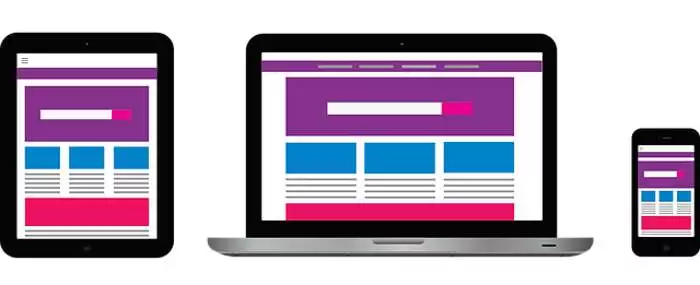Design A Website. Whether you have thoughts that you want to share with the world or you have to run a business, having a space for yourself on the web is a must. Majority of the world’s population is online so you have to be there too. This can be done with the help of a website. So when you want to enter the online space, you are going to have a design for a website. If you are doing on your own or you need to hire a professional, depends on the skills that you possess.
Designing a site has become quite an easy task these days. Just some years ago, you had to spend a lot of more time and effort to create one which restricted the number who could do it. So do not think that it is something that cannot be done by you. The process is easy to learn and we will provide you with the tips necessary to pull it off. It helps if you have a little knowledge about web design. Keep in mind that any kind of site can be built as long as you follow some of the basic principles that will be mentioned here.
To Design A Website:
Planning
This is the first question that you have to ask yourself. Before you start working, you need to be absolutely sure about what you are doing. Some other questions you should be asking yourself are who am I targeting ? What is the purpose of this site etc ? When you do this, it will give you a clear framework that you can follow. And the decisions you make here will also have an impact on how you go about the designing. It helps to make a list of all that you want to be included.
Once you are done with that, make some further consideration as to what you really need. Feel free to add whatever comes to your mind as there might be a great idea lurking at the back of it. Apart from making something that others are going to like, it is necessary for you to like it as well. And if you are employing the services of a professional web designer, do not hesitate to let them know how you feel about what you need. They need to know what you want as it allows them to work in a better manner. You will also have to consider where you will find a service for web hosting what kind of server it needs. It could be a shared server or even a virtual private server.
Colour and Font
The colour scheme and the font type you choose is highly important. These are factors that act as visual stimulants to the viewer. Based on how your website is going to be, choose a colour scheme that is suited to it. For example, if your site is going to be about arts and crafts, it would be better to have brighter colours. This will be attractive to those who visit the site.
You can give different pages on your site different colours but the structure of them has to be the same across the site. The font also plays a pivotal role in how the site is going to look. Again this also depends on what the site is about, who your target audience is etc. Do not go with the first one you pick. Go through as many options as possible to choose the right one.
Layout
This is how the entire site is going to be structured. It determines what pages will appear where, how the homepage is going to look, how many menus are going to be there. Is there a sitemap ? How accessible is it ? These are some of the questions that the layout should answer. The structure should focus on the content of the web page. It should be highlighted so that it is easier for people to see. If you’re a beginner at web design, it is better to stick to a layout that is simpler. But if know a little more than that, you should go ahead and do something that is innovative. Create a simple site to test your skills. You can finetune here as much as you need to.
Be Careful
Any website is filled with many different components whose importance varies but all of them have a role to play in the functioning of it. As a result of this, it can be a little difficult to keep track of them. But you need to do it otherwise you may end up ignoring an important element. There is a need for constant checking and rechecking to be done to ensure that the product being created is of a high standard. Sometimes what you design may not end up looking the way you want it to so exercise a lot of caution and care during this process. If you are stuck at one part, do not spend too much time dwelling on it. Focus on something and pretty soon you will have a solution.
Keeping Track
This is just to make sure that you are on the right track and that everything is going along smoothly. Make deadlines and stick to them. If you have to do the job the right way, discipline is needed. Have a flowchart that tells you where you are at and where you need to be. By combining the technical aspects of the process and the habit of keeping track of your progress, the results are bound to be great.

